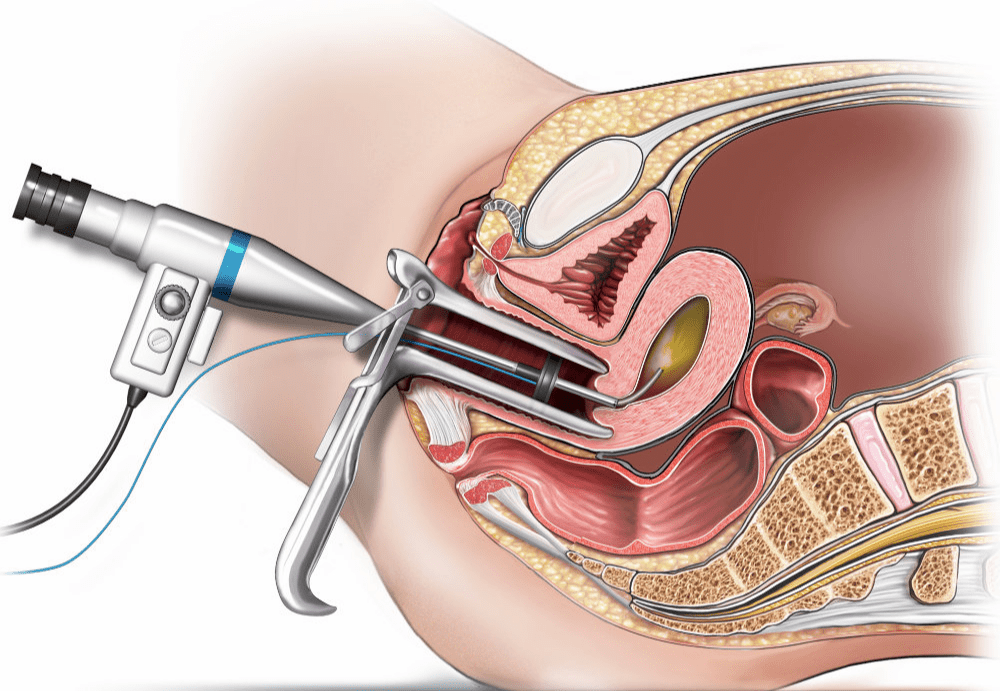Gaining Clear Insights
Hysteroscopy at Wish fertility
At Wish fertility, we are dedicated to providing comprehensive fertility care, including diagnostic procedures that offer valuable insights into our patients' reproductive health. Hysteroscopy is one such advanced technique that allows us to examine the uterine cavity and diagnose any potential abnormalities that may be affecting a woman's fertility. Our team of skilled specialists is proficient in performing hysteroscopy with precision and care, paving the way for more informed and effective fertility treatments.

What is Hysteroscopy?
Hysteroscopy is a minimally invasive diagnostic procedure that involves the use of a thin, lighted telescope-like instrument called a hysteroscope. This slender device is gently inserted through the cervix into the uterus, allowing our fertility experts to directly visualize the uterine cavity and the openings of the fallopian tubes. The procedure provides real-time images, enabling our team to identify and evaluate any structural irregularities that may be affecting fertility, such as uterine polyps, fibroids, scar tissue, or congenital anomalies.
How Hysteroscopy Helps in Fertility Assessment
Hysteroscopy is a valuable tool in the evaluation of various fertility issues, including



